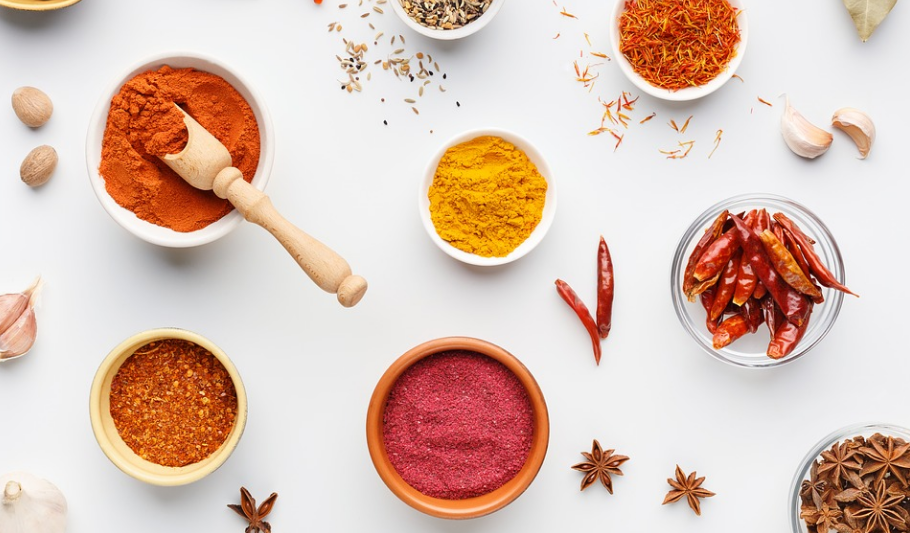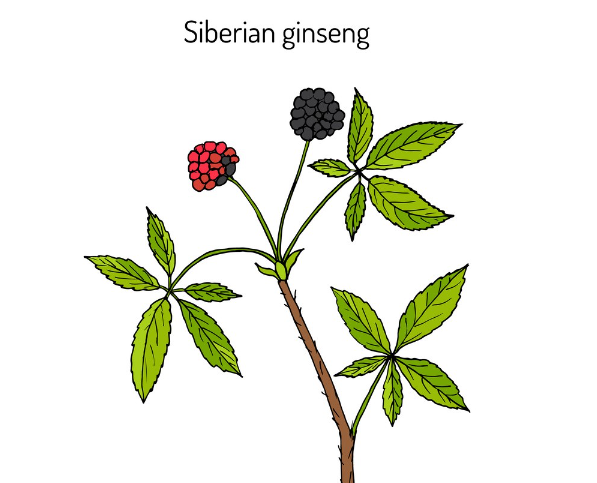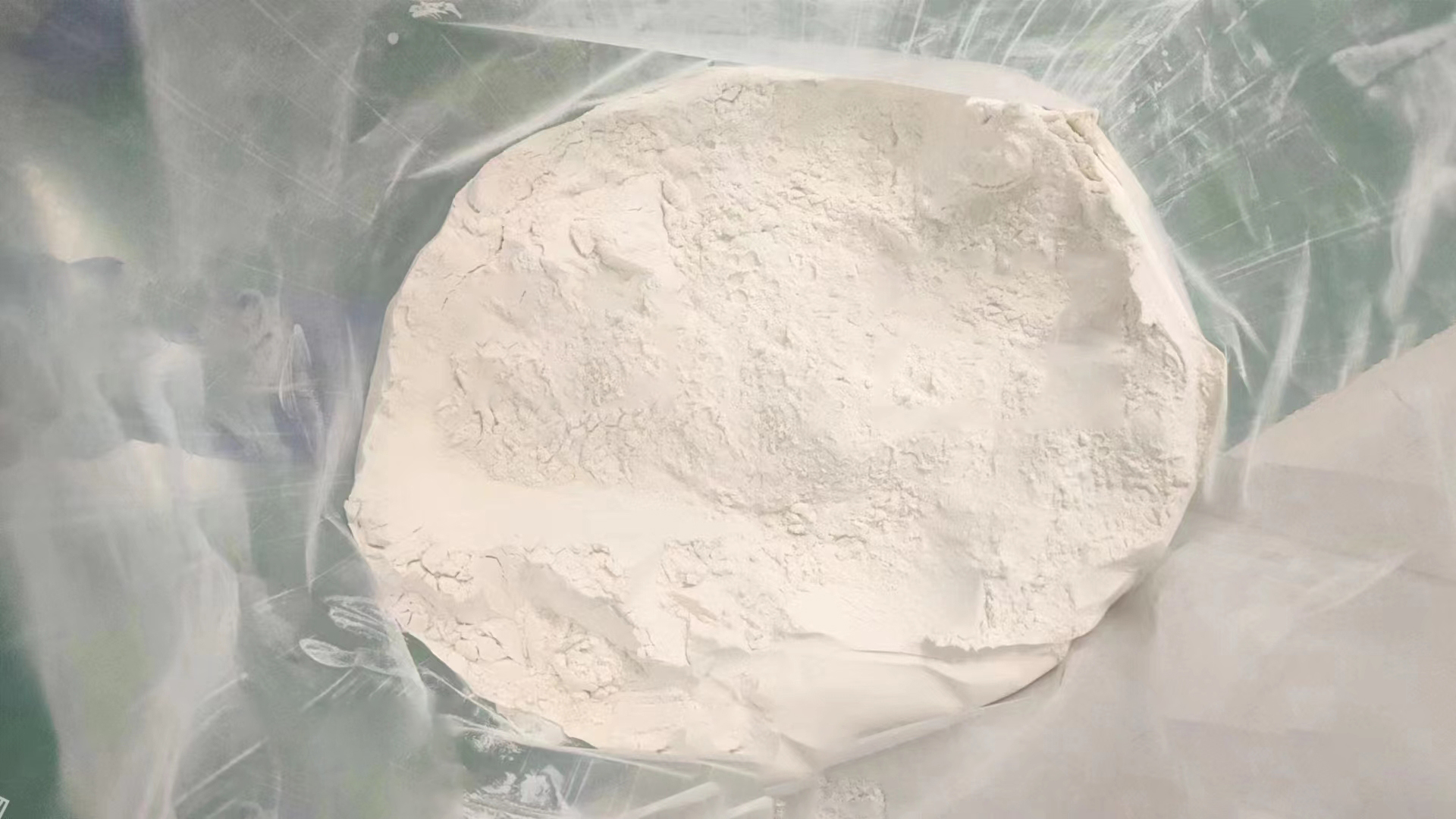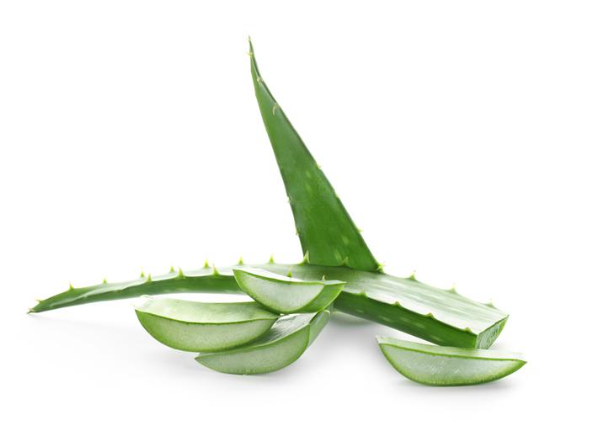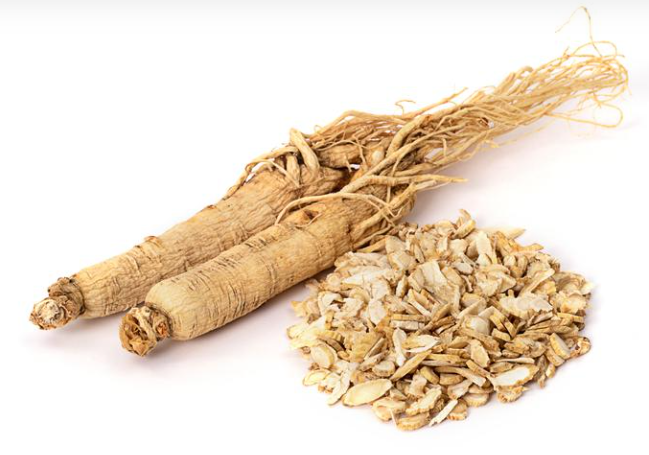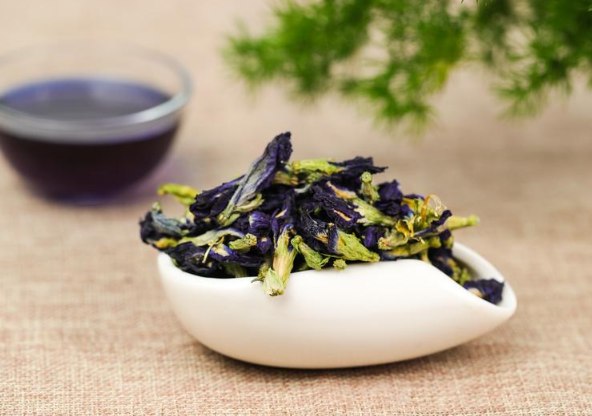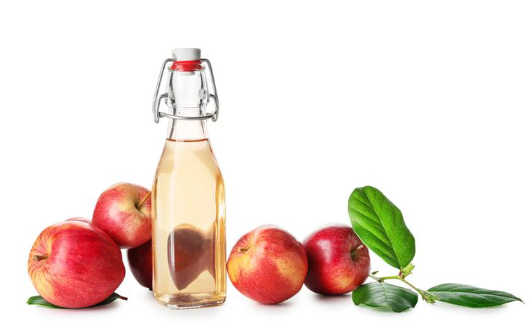Sugarcane is rich in polyphenols, especially in the tip of sugarcane, sugarcane peel, sugarcane leaves, the content of polyphenols is high, and it has many physiological functions such as anti-oxidation, antibacterial, anti-corrosion and preservation.
Yan Yuxiao and Wu Guoyan found that the extract of polyphenol compounds from sugarcane leaves had a good scavenging effect on hydroxyl radical and superoxide anion radical. Qu Huimin et al studied that saccharum officinarum extract (sugarcane extract)polyphenol extract had a stronger scavenging effect on superoxide free radicals than VC. Chen Chun found that sugarcane peel polyphenols had DPPH free radical scavenging ability and reducing power. In the antioxidant capacity of oil, Hu Xiaobo et al. found that polyphenols in sugarcane peel had certain antioxidant capacity in oil, and the antioxidant capacity in lard was stronger than that in soybean oil. Chen Gang studied that sugarcane polyphenol extract can effectively inhibit lecithin oxidation, soybean oil peroxidation and iron reduction antioxidant capacity. Li Chunhai et al. found that when saccharum officinarum (sugarcane) extract polyphenols were added to peanut oil, the antioxidant effect was the best when the added amount was 0.4 ~ 0.5 g/kg. Sun Xiaoxue's study found that sugarcane aqueous extract polyphenols added at 0.4 g/kg had the best effect on the antioxidant of vegetable oil, and when sugarcane tip polyphenols were mixed with two kinds of antioxidant VC, VE, the polyphenols were stronger than the single VE, VC, so there was a synergistic antioxidant effect when multiple antioxidants existed at the same time.
Zhou Huifang's research showed that sugarcane leather flavonoids had certain inhibitory activity against Enterobacter sakazakii, Escherichia coli, Listeria monocytogenes and Staphylococcus aureus, and the size of the antibacterial zone increased with the increase of concentration, thus producing antibacterial effect. Hou Xiaotao used xylene induced mouse auricle swelling model and mouse cotton ball granuloma hyperplasia model to intervene with total flavonoids from sugarcane leaves. The results showed that total flavonoids from sugarcane leaves had obvious inhibitory effect on cotton ball granuloma in mice. Zhou Huifang's research showed that sugarcane leather flavonoids had certain inhibitory activity against Enterobacter sakazakii, Escherichia coli, Listeria monocytogenes and Staphylococcus aureus, and the size of the antibacterial zone increased with the increase of concentration, thus producing antibacterial effect. Hou Xiaotao used xylene induced mouse auricle swelling model and mouse cotton ball granuloma hyperplasia model to intervene with total flavonoids from sugarcane leaves. The results showed that total flavonoids from sugarcane leaves had obvious inhibitory effect on cotton ball granuloma in mice.
Ref.: 1, Zhao Yi. Separation, identification and Bioactivity of polyphenols from sugarcane [D]. Guangzhou: South China Institute University of Technology, 2015.
2, Chen Chun. Extraction, isolation, identification and antioxidant activity analysis of polyphenols from sugarcane peel [D]. Hangzhou Zhou: Zhejiang University, 2013.
3, Zhang Qingan, Fan Xuehui. Research progress in the evaluation of antioxidant activity of polyphenols [J]. Food and Fermentation Industry, 201, 37 (1 1) : 1,69-172




